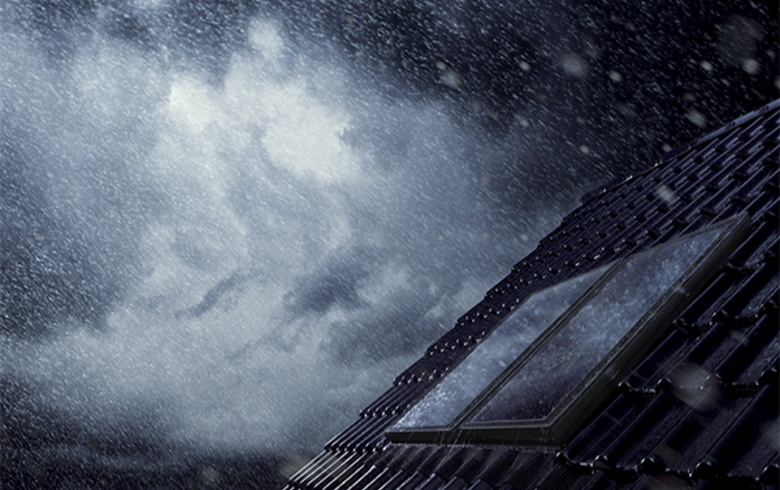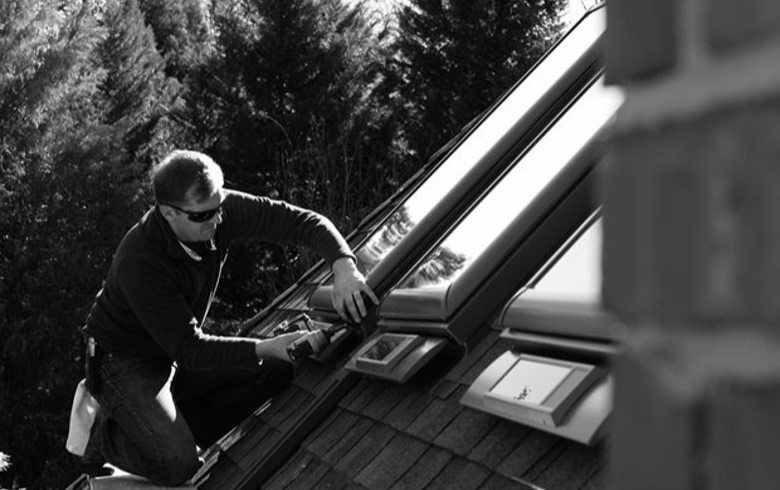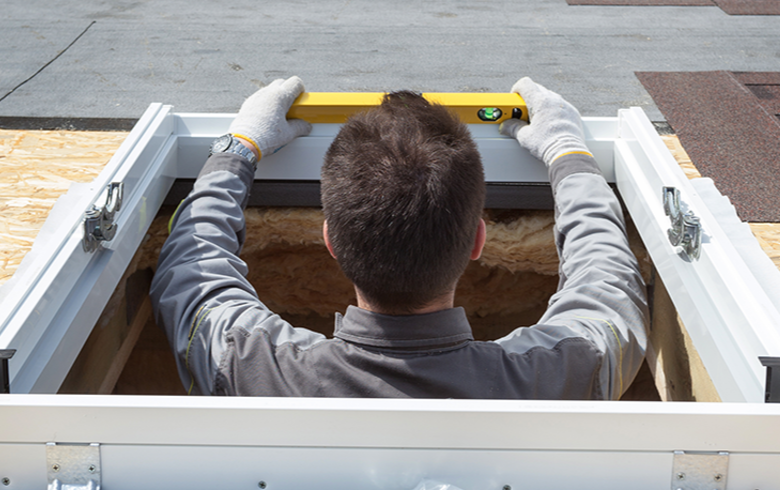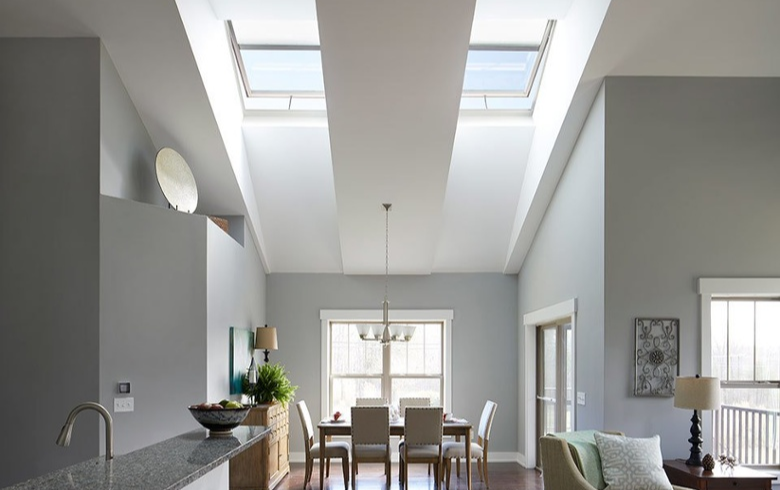It's that time of year again: before we get to see those May flowers, the April showers are bringing hail, the enemy of budding gardens, cars, roofs, and skylights.
So, what do you do if a skylight you installed gets hit?
After the Storm...
You don't need us to tell you that hail is one of the most damaging types of weather, but that is why it's so important to make repairs as soon as possible.
VELUX's most common glass - the Clean, Quiet & Safe glass - carries a hail breakage warranty for ten years from the date of purchase. So, theoretically, any residential VELUX skylight you install should weather that weather. But if it doesn't or if a client needs to replace a non-VELUX skylight, it's best to act sooner rather than later.
Important Replacement Information
The VELUX Skylight Replacement Worksheet is a handy tool for when you're inspecting a skylight that has hail damage. To replace a skylight, you'll need the height, width, and length of the exterior of the existing skylight or curb, as well as the width and length of the interior drywall surrounding it. The worksheet also helps you keep track of the location of the screws on the skylight, roof pitch and type, and whether the skylight is fixed or venting.
Once you've done your inspection and filled out the replacement worksheet, your VELUX sales rep can help you find the best new skylight for your homeowner. Whether their original skylight was a VELUX or not, we've got an easy replacement option.
Plan Ahead with Replacements
To ensure the skylights you install stand a fighting chance against hail, keep two things in mind:
- Always install VELUX skylights.
- Always replace existing skylights when you re-roof.
As we talked about before, VELUX's warranty - the longest in the business - helps reassure homeowners while ensuring you're installing the best quality skylight possible. But why should you always replace any skylights when you re-roof? And what does that have to do with protection against hail?
Think about it: when you replace a roof, you're up there sawing and hammering away while the skylight is getting jostled around in its curb or deck-mounted position. This causes the flashing to shift and the skylight itself to weaken. With the stability of the skylight compromised, it becomes more susceptible to leaks and, when it hails, shattering. You can get ahead of this issue (and save yourself and the homeowner a little time and money) by replacing any skylights you encounter when you re-roof.





